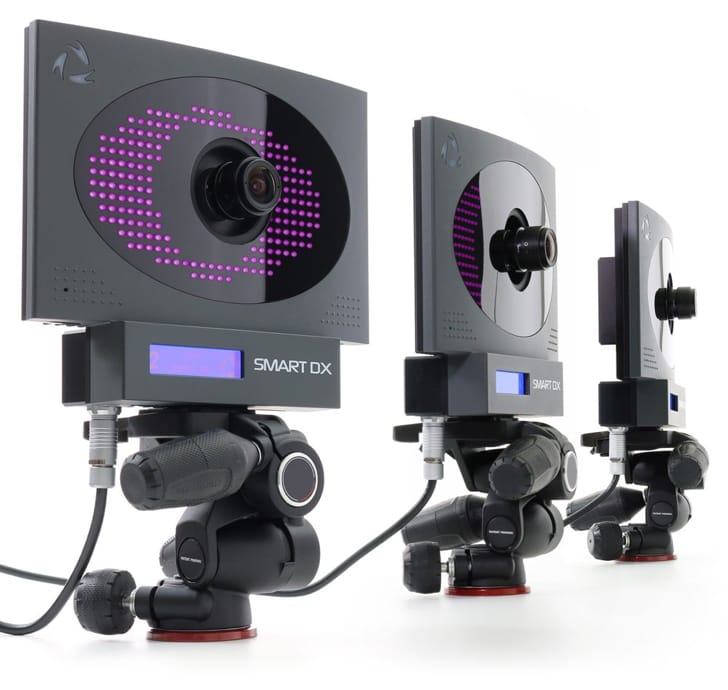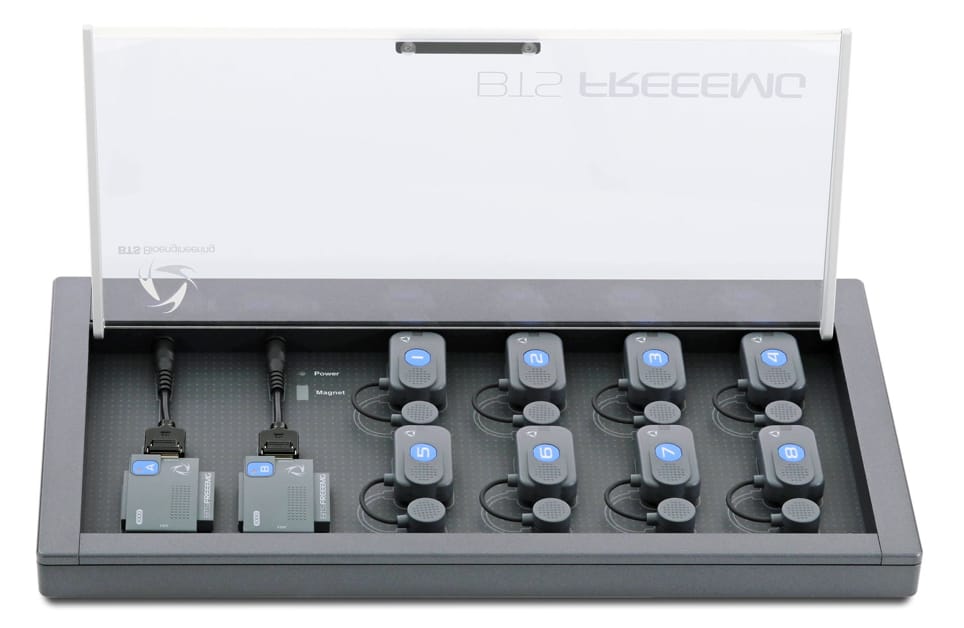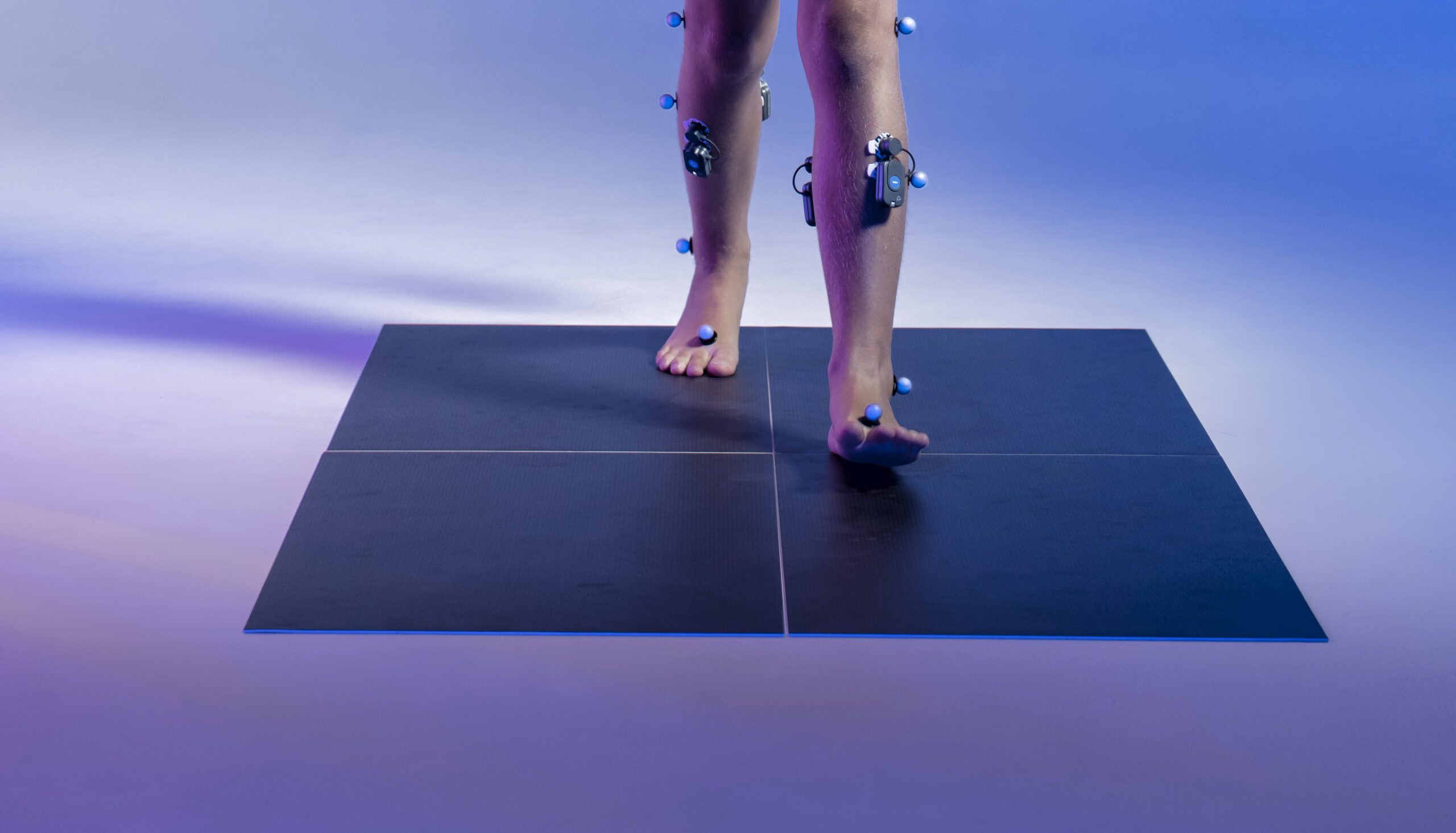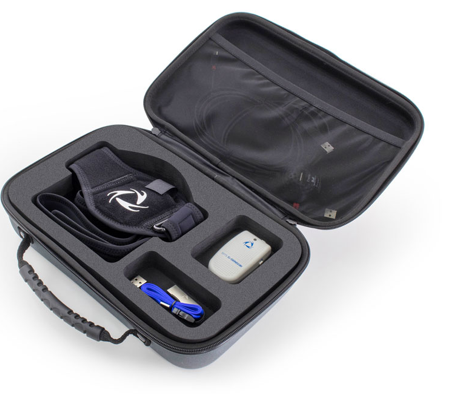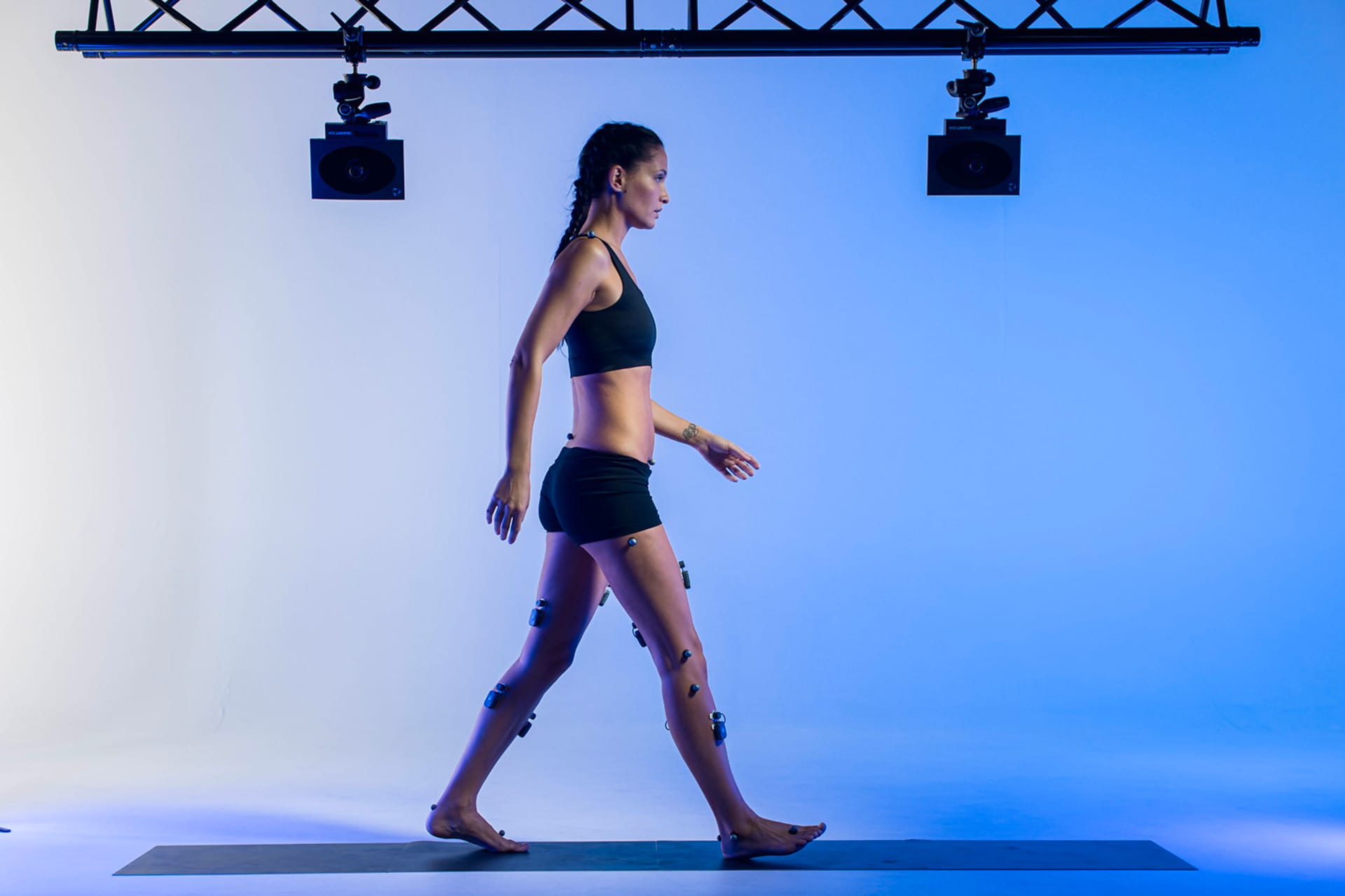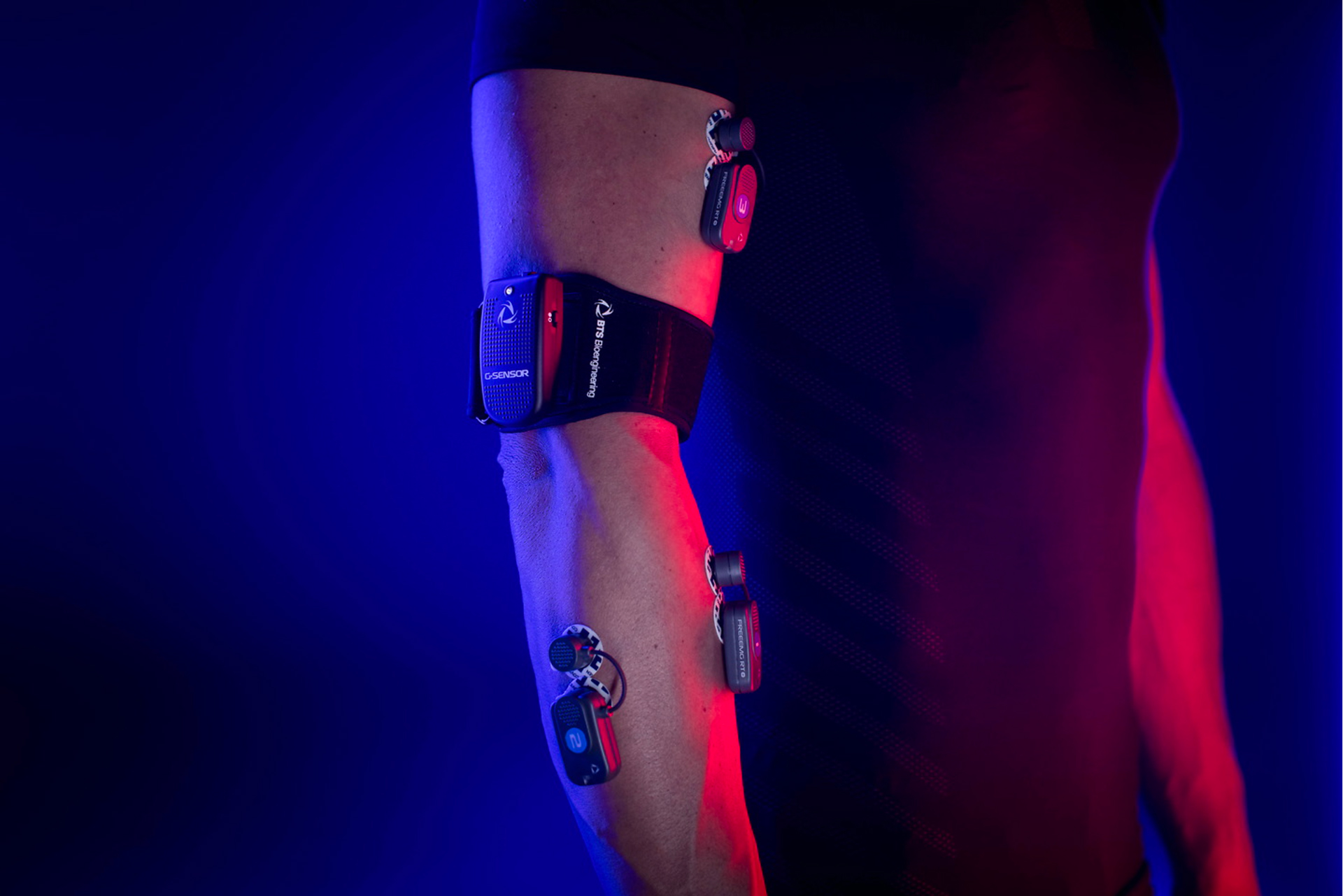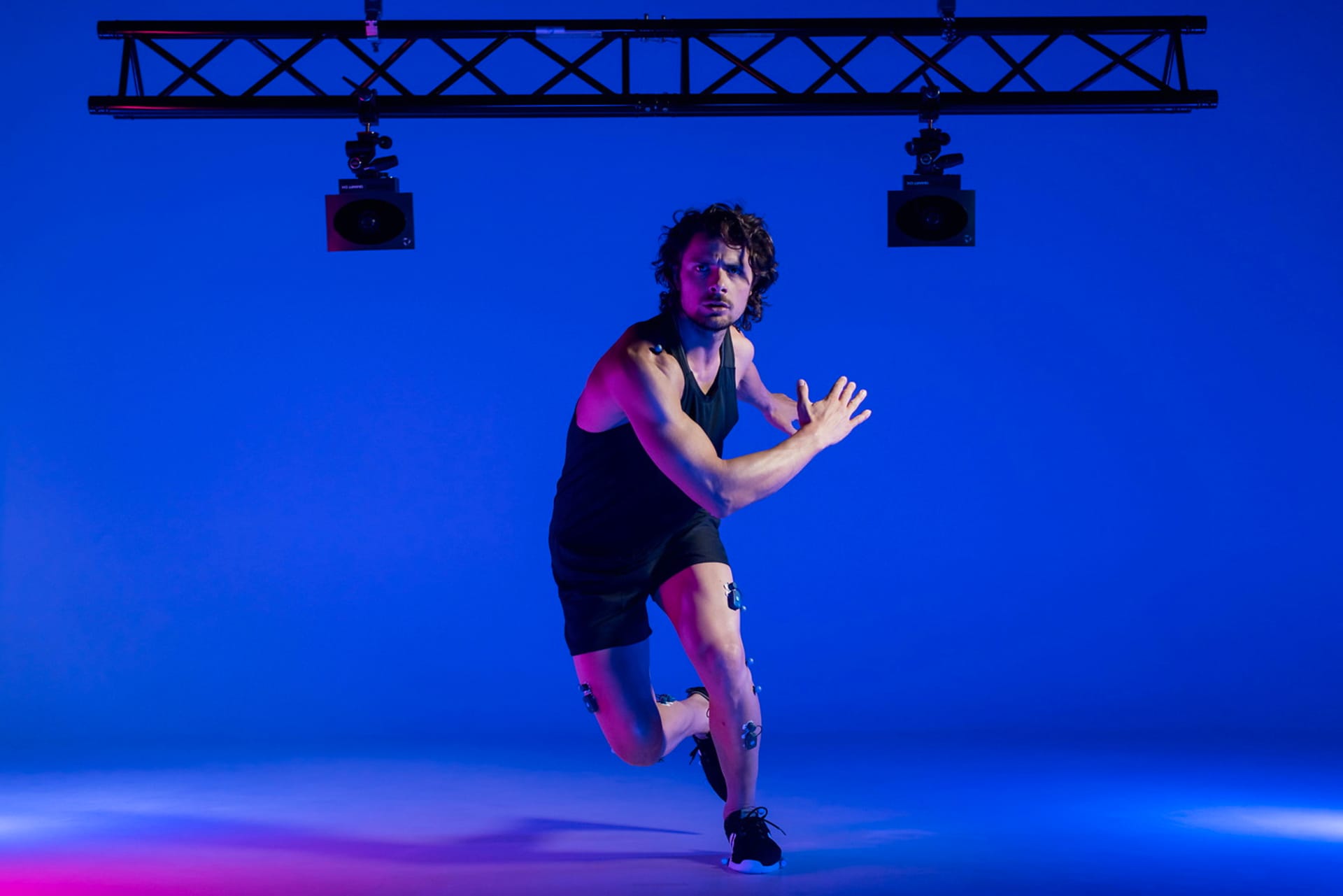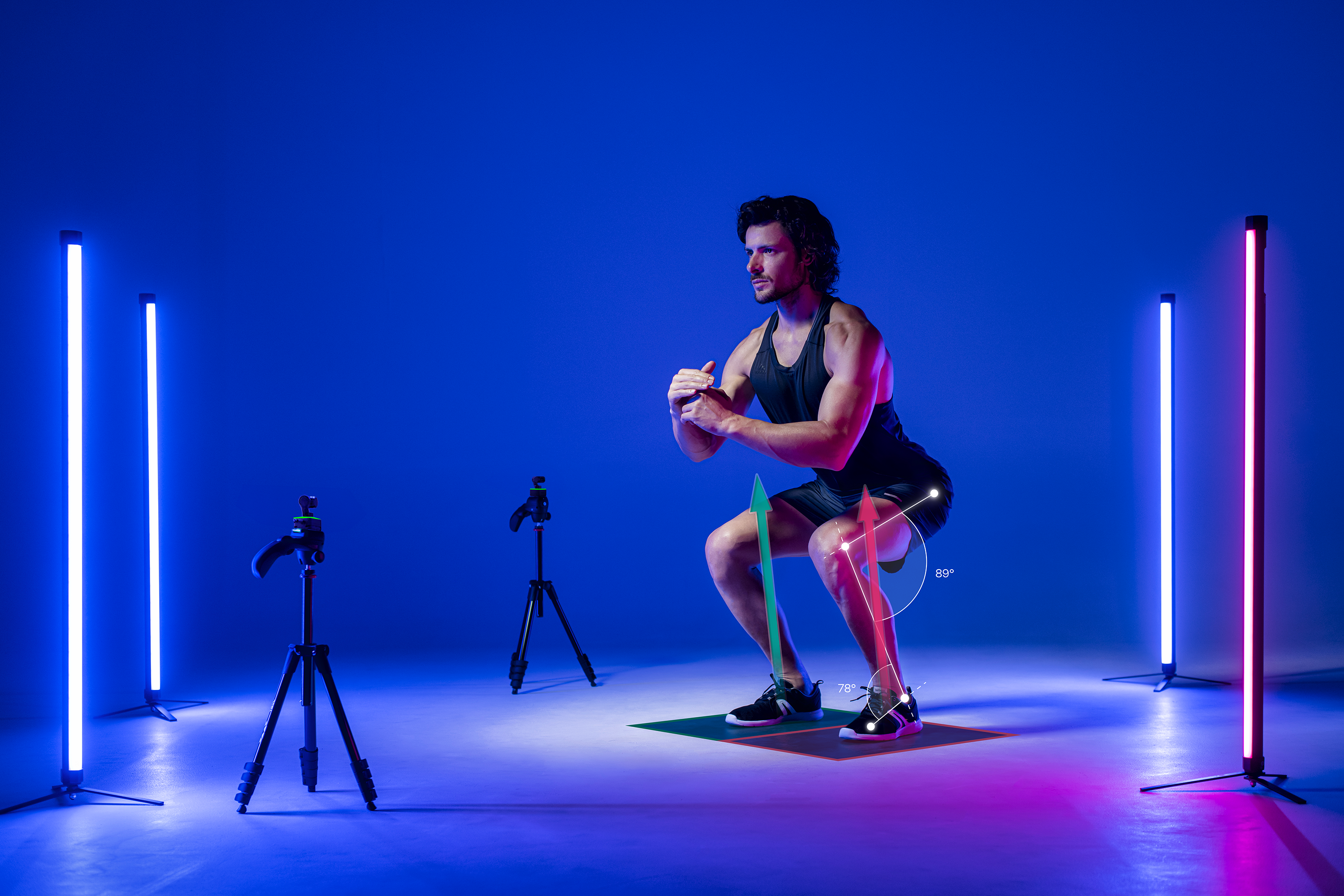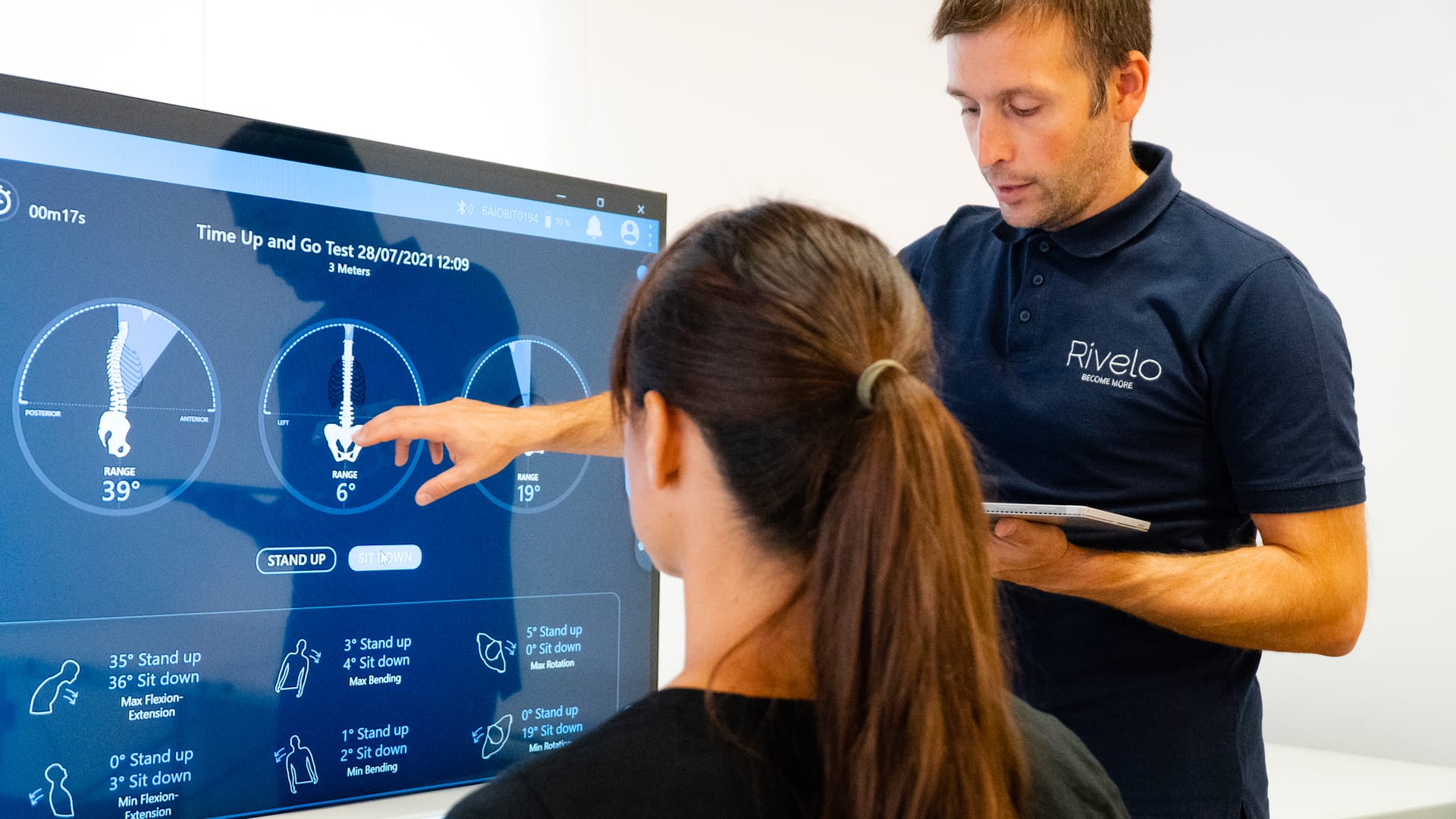Achieving the optimal sports performance
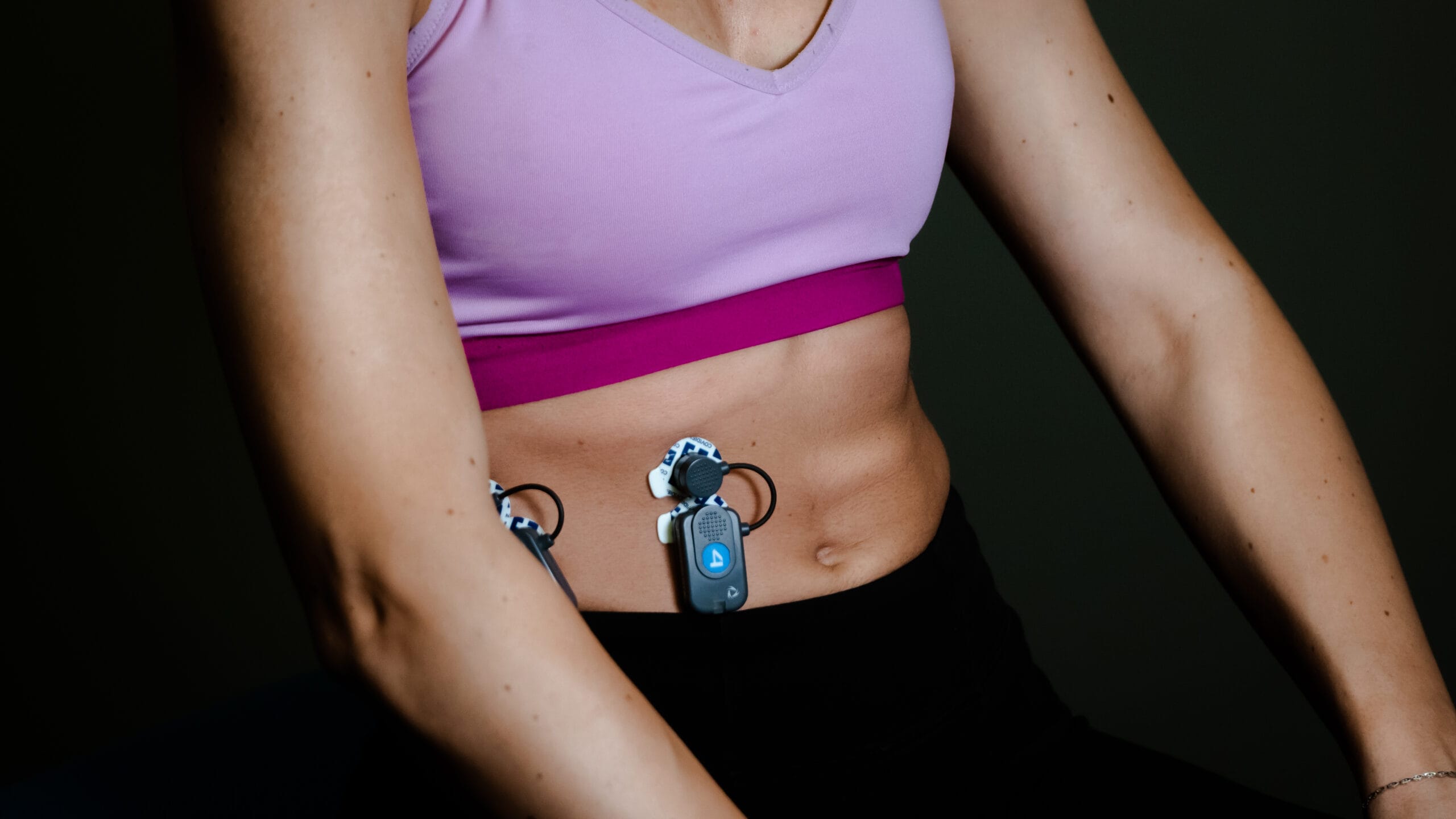
Author: Eng. Martina Palmieri | Editorial Curator: Cristina Gallelli
Counter-resistance training: the stairway to an overall improvement
There are numerous of training strategies. Indeed, they vary depending both on the type of sport and the desired level of performance.
The most well-known type of training to optimize performance is counter-resistance training. It consists of anaerobic physical workouts in which muscles “fight” against an external load. This training allows the increasing of strength and muscle mass, reduce body fat, improve cardiovascular health and bone mineral density [1], all of which are key aspects both of the training programs of athletes who use their bodies for work and of post-injury rehabilitation processes [2].
Be sure to know what’s going on muscle-wise
Planning a counter-resistance training session requires keeping track of multiple factors. What exercises is better to include? What load to use? Do unwanted compensatory phenomena occur while training? Answering all these questions is an ongoing challenge for athletes, their trainers, and all professionals whose efforts are aimed at achieving competitive results.
An excellent ally to understand the real progress of a training session or a performance on or off the playing field, is certainly surface electromyography – a technology that can provide quantitative and reliable data on muscle activity produced during exercises. This information allows the professional to assess the effectiveness of each training session and thus lead the athlete towards a harmonious and long-lasting improvement of muscle activation patterns as well as fatigue management [3].
Counter-resistance exercises: a deeper look
When wanting to achieve the best performance possible, it is necessary to be aware of the muscle actually involved during the execution of each exercise. This is not a trivial aspect, even for a sports professional. To this end, the use of surface electromyography probes during training sessions allows receiving real-time information on muscle activation, so that the desired strengthening can be achieved [4]. Let’s look at a few examples of how surface electromyography has been essential in identifying the muscles involved in some counter-resistance exercises.
Core training
Core training is aimed at stabilizing the spine as it strengthens the muscles of the lumbar area.
Until the 1950s, abdominal exercises were mostly performed in the supine position and in hip flexion. The turning point occurred when electromyographic analysis of abdominal muscle activity showed that this form, instead of strengthening the lumbar area, overloads it to such an extent that it becomes dangerous in the long term. In contrast, a certain degree of rotation and flexion of the spine – without hip involvement – increases the effectiveness and yields for better abdominal training (4).
Squat and Deadlift
Lower extremity training can be designed for a variety of purposes, starting with improving performance in explosive movements and ending with general toning. A strengthening effect that involves all muscle groups in a homogeneous way can be achieved through a choice of exercises based on the data returned by the electromyographic analysis. Let’s see some examples:
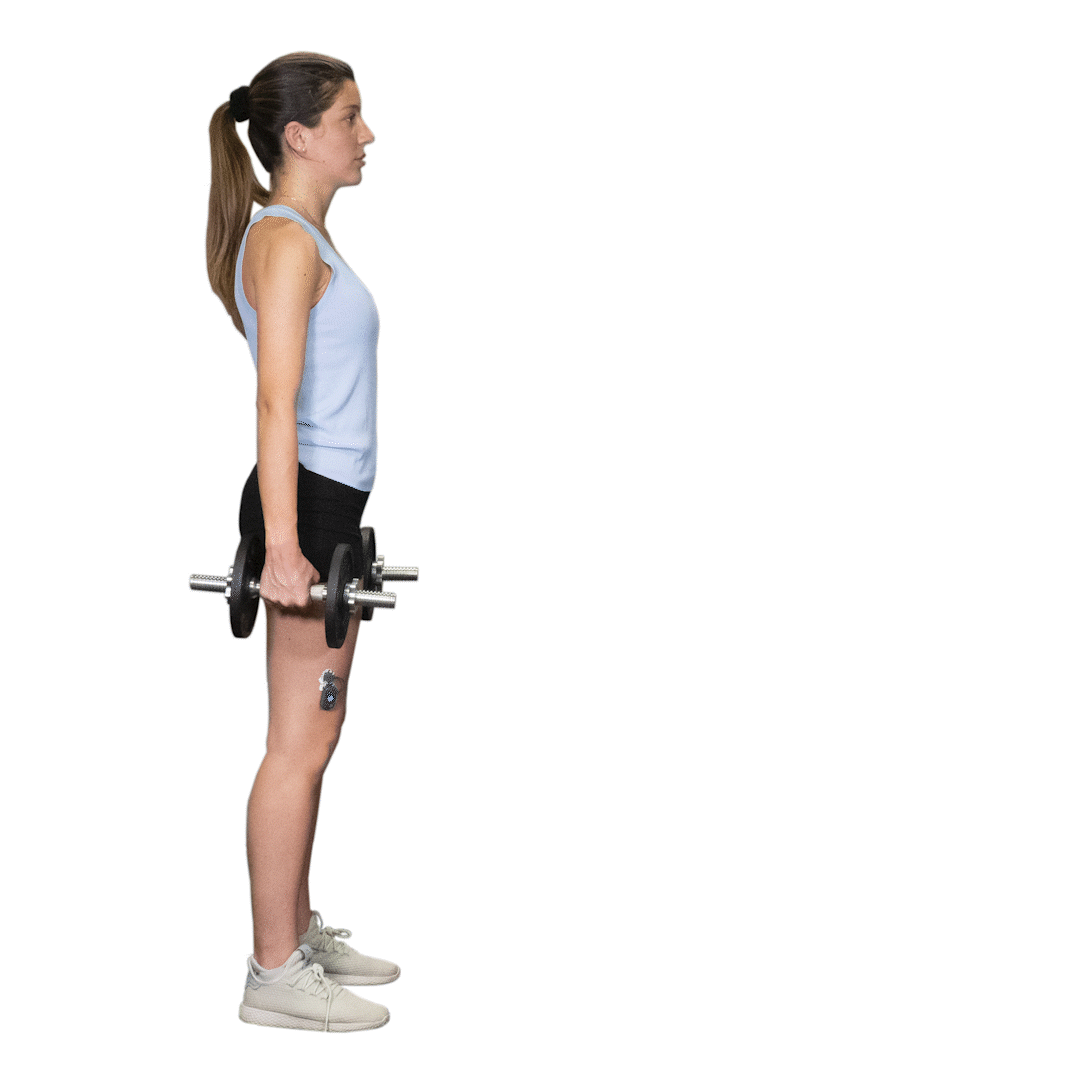
Lunge – Vastus medialis and lateralis
Lunges have been shown to have a greater impact on vastus medialis and lateralis than other exercises. Conversely, it does not prominently elicit high activity in gluteus maximus and medius [5].
The classic deadlift exercise also has a strong impact on the muscle activity of the anterior thigh and lumbar part of the back. However, if the deadlift is performed with knees in a fixed, extended position, then the greatest involvement is that of the hamstrings [2].
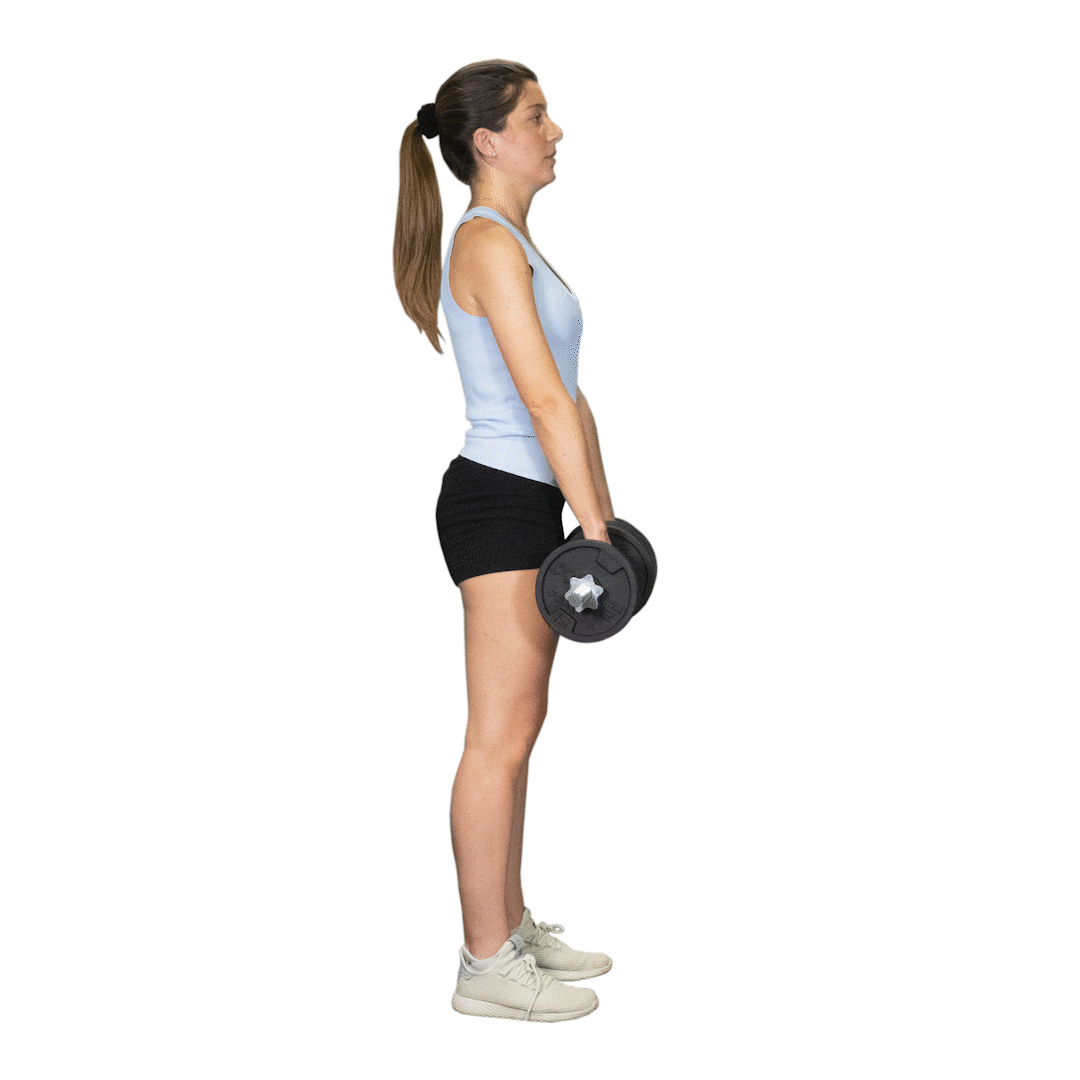
Deadlift – Anterior thigh and lumbar muscles
Conclusion
Integrating a quantitative tool with the skills of a qualified staff, personal trainers and sports professionals, allows to develop a specific training program based on objective data regarding muscle activity in each exercise. Not only that. This information allows athletes to achieve a deep motor awareness that will prompt an improvement that comes from within.
References
[1] Electromyographic activity in deadlift exercise and its variants. A systematic review. Martín-Fuentes, Isabel, Oliva-Lozano, Josè M. e Muyor, José M. 2020, PLoS ONE, p. 1-18. [2] Surface electromyography applications in the sport. Massò , Nùria, et al. 2010, Apunts Med Esport., p. 121-130. [3] Trunk muscle activation during dynamic weight-training exercises and isometric instability activities. Hamlyn, N., Behm, D.G. e Young, W.B. 2007, Journal of Strength and Conditioning Research, p. 1108-1112. [4] Electromyography studies in abdominal exercises: a literature synthesis. Monfort-Panego, Manuel, et al. 2009, Journal of Manipulative and Physiological Therapeutics, p. 232-244. [5] Electromyographic activity in the gluteus medius, gluteus maximus, biceps femoris, vastus lateralis, vastus medialis and rectus femoris during the Monopodal Squat, Forward Lunge and Lateral Step-Up exercises. Muyor, José M., et al. 2020, PLoS ONE, p. 1-15
